And it’s at this point that I’ll let FcryCola have his say again, who moved from his old setup with newer hardware to the Lian Li O11 Dynamic XL in early 2021, as this case is perfect for water cooling. At the beginning, everything worked fine until he unfortunately found out that the sound card no longer fit into the lower PCIe x1 slot of his Asus Crosshair 8 Hero. The reason was quite simple – the two nickel-plated brass tubes to the lower radiator collided with the EMI shield of the sound card.
So, the GeForce RTX 3090 was reduced to eight of the PCIe x16 lanes and the sound card was inserted into the second large slot with 8 lanes. The bus was the same. So far so good, because everything went to full satisfaction for the time being. However, after his aging Windows 10 didn’t quite want it anymore, he decided to play the test candidate for MS at the end of 2021 and he installed Windows 11 as his new operating system. Of course, everything was reloaded cleanly and seemed to work at first – except for sudden sound dropouts, which were difficult or impossible to reproduce. It was only ever noticeable that the problem occurred more frequently during short GPU load peaks than otherwise.
After almost 1 year of frustration and hours of searching the internet, he then came across a sadly no longer available forum link that described the exact problem in question. The reason for this is the so-called “lanesharing” of the hardware, which in this case is caused by the GPU and the audio card. In the forum, which is no longer accessible, there was then a reference to a thread at Guru3D, which I have listed again below as a source.
I already mentioned that modern hardware in the current Windows versions can work in two different modes (LBI or MSI) and that you really have to be careful as hell here. In the case, it was so that the Nvidia driver worked in LB mode and the audio driver in MSI mode. As a result, the signals were processed with a delay when there was a heavy load on his system, and both devices were constantly getting in each other’s way. He was able to test this very well with suitable tools like the DPC Latency Monitor, which confirmed that he had a real latency problem. In the MSI tool, you can then see very well that the graphics card is working in LBI mode, which is abundantly pointless due to the amount of necessary interrupt requests:
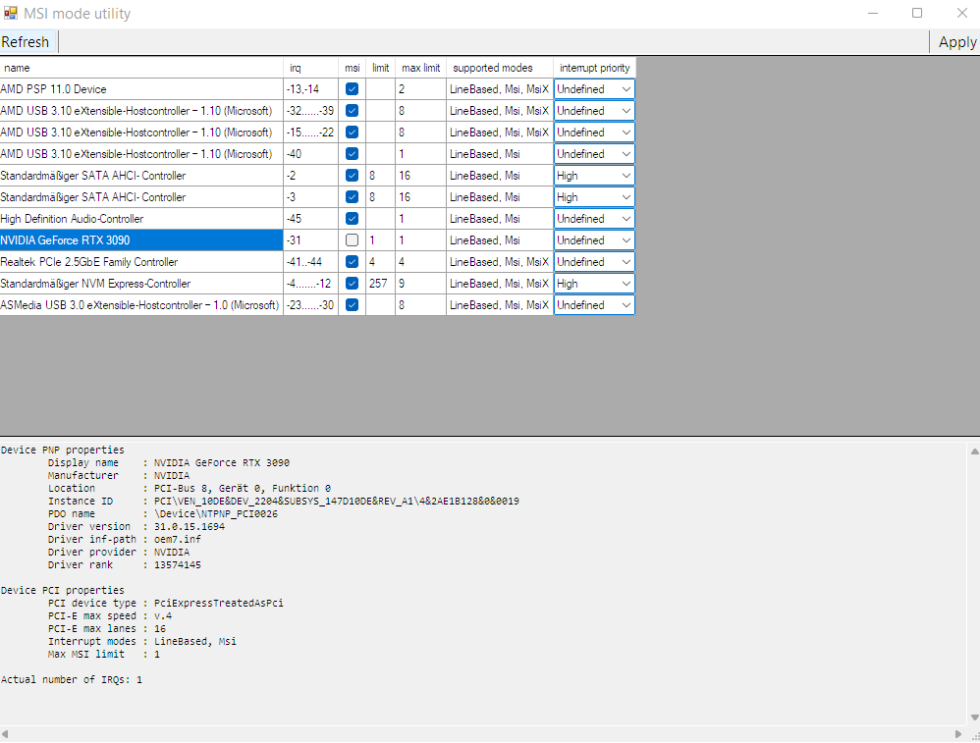
But you can’t count on anything. Looking into my system, HD Audio uses LBI twice, for whatever reason:
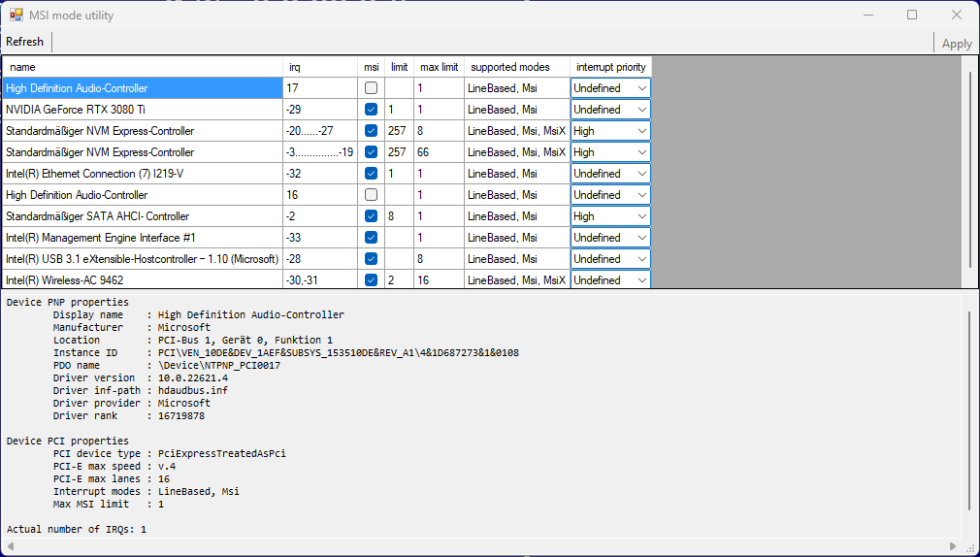
The solution is so simple…
I also had a rather unpleasant crackling in the speakers several times under full graphics load, which was easily solved with the help of the MSI tool. You just need to check the relevant boxes in the MSI column (if the device supports it) and then click “Apply”. The whole thing happens in real time and you can also check it immediately. In our case acoustically, but the latency monitor can also help.
The check with the Latency Monitor clearly shows that the “Highest reported ISR routine execution time” is no longer with HD Audio. Problem solved!
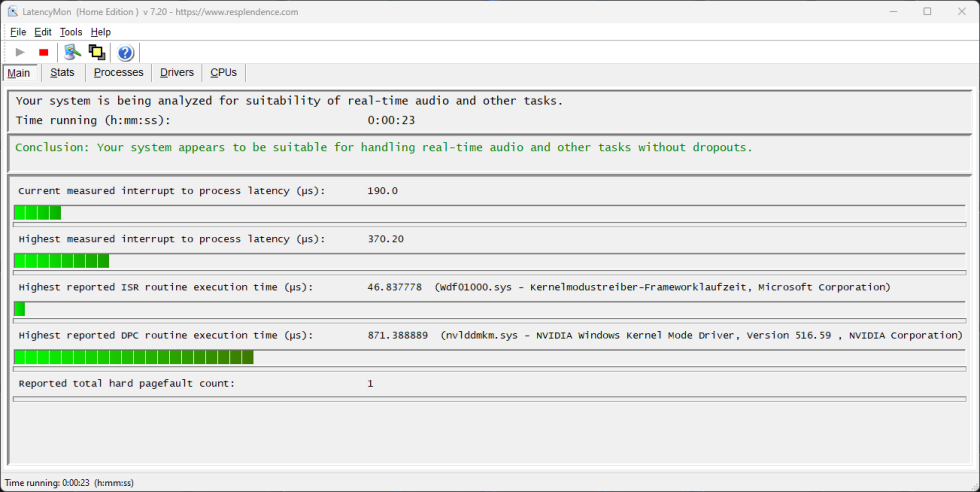
Summary and conclusion
Small cause, big effect! For me, the topic was not new and I have been haunted by interrupts since the early 1990s. But even I, although I also wrote more than one article on the subject of Windows Vista, drivers and interrupts at that time, keep falling for this supposed convenience of Windows. The feel-good package is often enough not a feel-good package and you often lose a lot of performance due to such carelessly (because automatically) set interrupt settings.
If in the future the sound is spackling or the mouse is twitching, the graphics card is coughing or whatever: Use the latency monitor and the MSI tool and check what is going on. Both tools are free, but never useless. With this in mind – the credits go to the sources listed below and I’m now inwardly scolding my memory as well. Yes, you really do get old, obviously.
Sources: Microsoft, Intel, “mbk1969”(via Guru3D), FcryCola














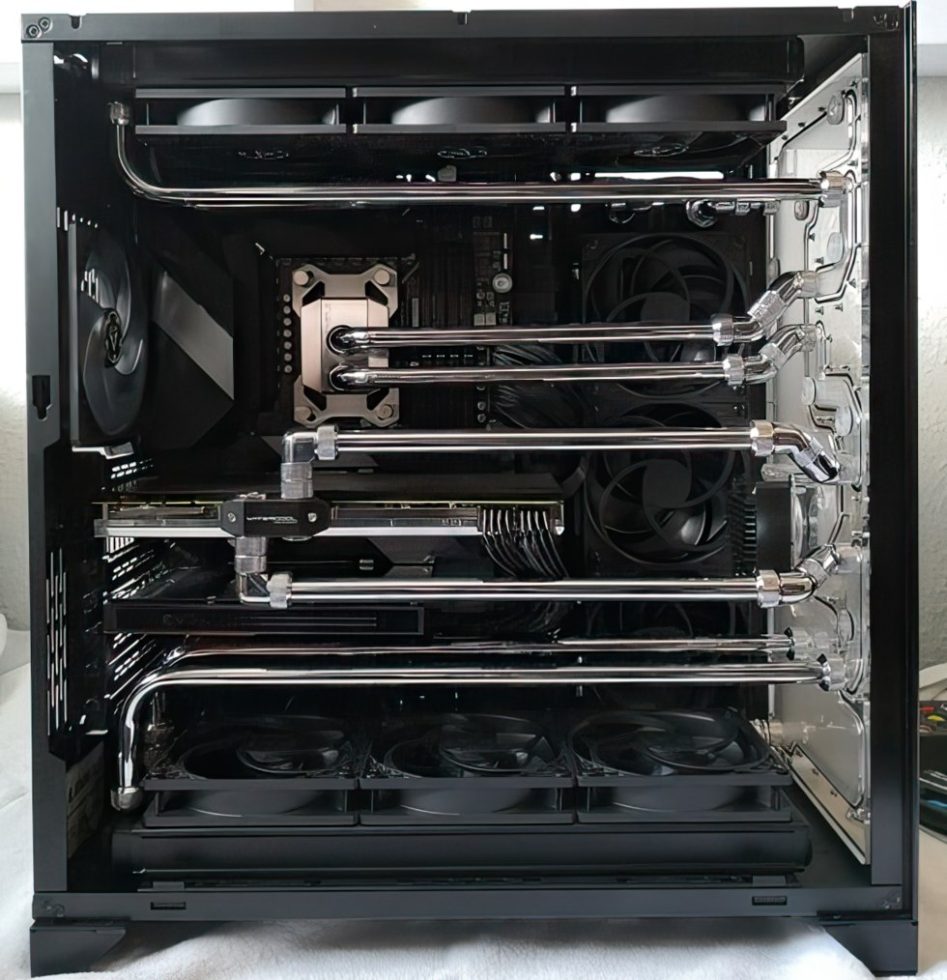
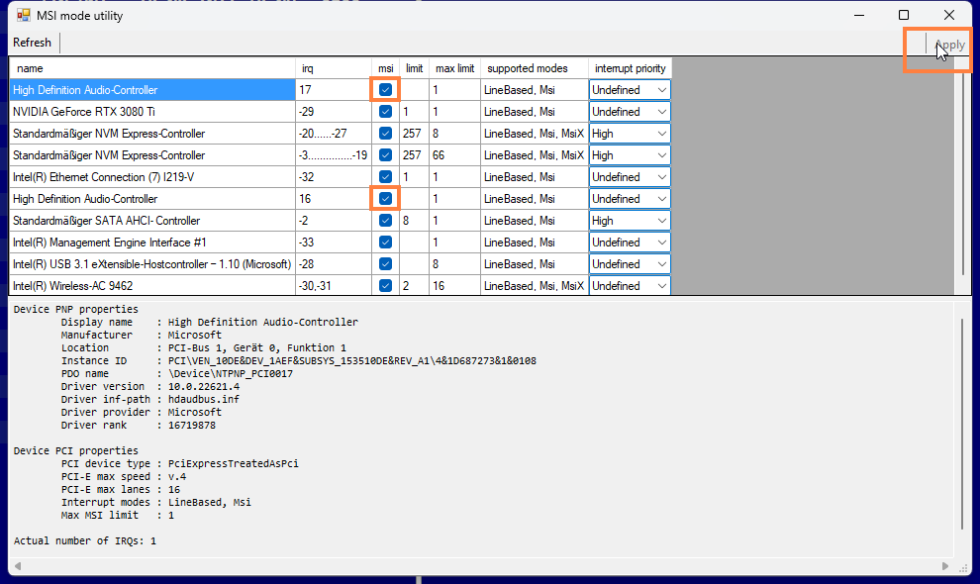





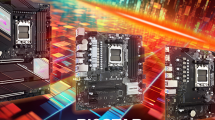













154 Antworten
Kommentar
Lade neue Kommentare
Urgestein
Veteran
Veteran
Veteran
Mitglied
Veteran
Urgestein
1
Mitglied
Veteran
Veteran
Veteran
Mitglied
Veteran
Urgestein
Urgestein
Veteran
Veteran
Alle Kommentare lesen unter igor´sLAB Community →